Introduction
When I teach my students at all the different levels of preparation for their Cambridge exams, one of the biggest mysteries is the way the writing exam is marked. Of course, the higher the level, the more detailed the criteria and the higher the expectations become in terms of language but also other aspects of good writing, such as cohesion and coherence as well as appropriate register and following certain conventions depending on the type of text you write.
That’s why I’m going to show you everything you need to know in order to not only understand your own writing better, but also to get a grasp on what Cambridge examiners look for and expect from you when marking writing in C2 Proficiency.
In a nutshell, there are four criteria your texts are assessed on:
- Content
- Communicative Achievement
- Organisation
- Language
Each of these criteria is scored on a scale from 0-5 so you can score a maximum of 20 marks per text. As you have to complete two tasks in the official exam, the total possible score is 40.
In the following chapter, we are going to look at these criteria in detail so once you’ve finished this article, you are an absolute expert in C2 Proficiency writing.
The four marking scales in C2 Proficiency
As I mentioned in the previous section, there are four marking criteria which are scored on a scale from 0-5. To score zero marks in any of them is basically impossible as you pretty much get one mark for simply handing in something that, at least, talks about the topic of the task.
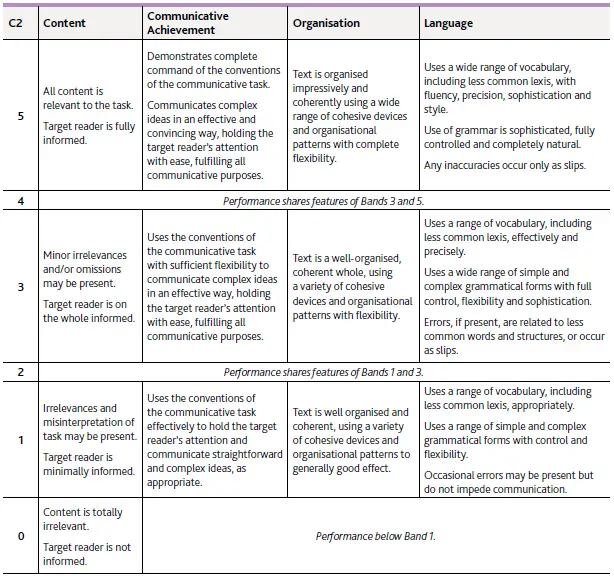
Above you can see the official marking criteria showing what is expected of you in each criterion and at each band from 0 to 5.
In the following sections, let’s have a look at each criterion, what the different descriptors actually mean and what you can do to score the highest possible marks.
Content
The first marking scale looks at two things: how relevant the content of your text is in the context of the task and if the target reader is informed.
In other words, you need to make sure that everything you write addresses the different topic points in the task (relevant) and that you develop your ideas appropriately (informed reader) depending on the requirements of the task. For example, if the task asks you to state XYZ, you don’t have to expand on this point as much as you would if it wants you to describe or explain something.

Above, you can see a report writing task. In order to ace the content criterion you should always ask yourself what the topic of the task is and what exactly you need to include in your text.
In this example, the topic is a jobs fair and you need to address the following points:
- Briefly describe the event
- Identify two or three promotions of particular interest and relevance
- Evaluate the extent to which such events can open young people’s minds to new challenges and career opportunities
I’ve highlighted the most important words for you so you get an idea of how detailed you need to be about each individual one. While the first topic point can be kept rather short the other two require a bit more development.
So, if you want to score five marks, you need to address all the topic points in the task in as much detail as the operators dictate (briefly describe, identify…of particular interest and relevance, evaluate).
Communicative Achievement
The next scale, called Communicative Achievement, examines three different things: how well you follow the conventions of the task, if you hold the reader’s attention and how well you communicate your straightforward and more complex ideas.
Conventions include things like genre and typical layout (e.g. letter vs. report), function and register (formal vs. informal). For example, in an essay (genre) you start with an introduction and finish with a conclusion (layout), you try to look at different sides of an argument and give your own opinion (function) and use a formal tone (register). This varies from one text type to the other and you need to familiarise yourself with the specifics of each of them.
Holding the reader’s attention looks at your ability to convey meaning in a way that enables the reader to still follow your thoughts easily without getting distracted because, for example, they have to read very carefully just to understand what you are trying to say.
When it comes to your ideas, you should be able to communicate straightforward ones which don’t demand higher rhetorical skills as well as complex ones. Complex ideas are not as concrete in nature and you have to use higher-level language and organisational skills to express them. For example, describing something is rather straightforward compared to evaluating something, which is a more complex idea.

Looking at this article task, we have to think about the typical conventions of an article (layout, engaging language, describing and explaining something, neutral to informal tone, etc.), as well as which topic points are rather straightforward (briefly describing a journey) and which ones more complex to address (explain advantages; Is travelling more slowly more satisfying?). Feel free to have a look at what I did to express all these ideas.
Organisation
The third marking scale examines how well you organise your text and connect your ideas by taking into account the paragraph structure you choose, linking words and other organisational patterns.
All the different types of text in C2 Proficiency need to be organised in paragraphs. How you do that depends on your preference as well as the conventions of the task. The most important thing to remember is to use a structure that makes sense and organises the text in a logical manner.
Within and across paragraphs, there is a wide variety of language and patterns we can employ to make our text more coherent and cohesive. The most common (and most basic) device is linking words which connect ideas in a very direct way, for example and, but, because, so, first of all, to sum up, etc. You should always include them instead of just using commas or full stops as these separate ideas rather than connect them.
Taking it up to the next level, we have other more advanced cohesive devices. These include less common linking expressions (e.g. moreover, furthermore, as a result, it may appear, etc.) but also other devices. In this category fall grammatical structures like pronouns to refer back to a previously mentioned idea, substitution (There are three people in the picture. The one on the left…), ellipsis (My first car is yellow while the second one is green). or repetition.
Last but not least, you should also include other organisational patterns to organise your writing, such as arranging your paragraphs and sentences in a logical order, parallelism (Give a man a fish, and you feed him for a day. Teach a man to fish, and you feed him for a lifetime.) or rhetorical questions.
Language
This criterion is probably the most obvious, but we are going to look at it in as much detail as the other ones. Language examines the range and control of the vocabulary and grammar you use, how appropriate your words are for a specific task and the mistakes you make in your writing.
In terms of vocabulary, you need to be aware of the topic of the task and make sure you include words and expressions connected to it (appropriate). You also need to show that you know less common vocabulary instead of just high-frequency items and that you can use it with proper control and in the right context.
As for grammar, only basic structures, like simple verb forms or clauses are not enough at C2 Proficiency level. The examiners expect more and you should definitely be able to incorporate more complex structures with high accuracy in your writing.
If you make a mistake and it is clear that it is just a slip (one-time error), don’t worry too much, but if the examiner can see that you repeatedly get certain structures wrong or use them inappropriately, you might get penalised so challenge yourself, but don’t overdo it.
Summary
Marking writing tasks in Cambridge C2 Proficiency is a science in itself and examiners are well trained and continuously monitored in order to give you a fair chance at success and provide everyone with a level playing field.
Even though it isn’t easy to understand every minute detail, I hope this article helps you a little bit going forward so you can assess your own writing in a more informed way and make the right changes and choices.
If you want, I can give you some writing feedback or even be your teacher in a private class. It would be my pleasure to work with you on your journey to C2 Proficiency glory.
Lots of love,
Teacher Phill 🙂

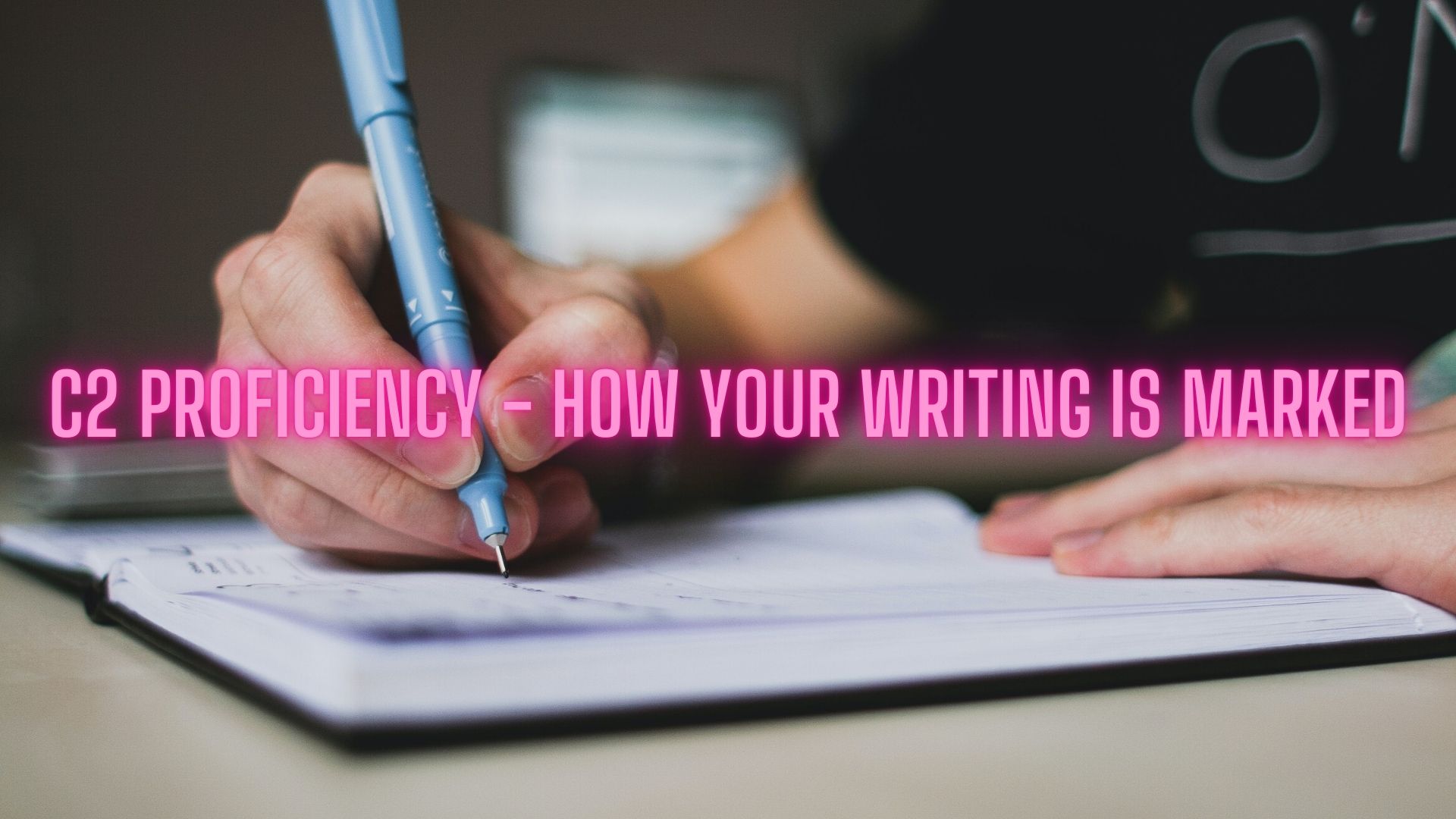
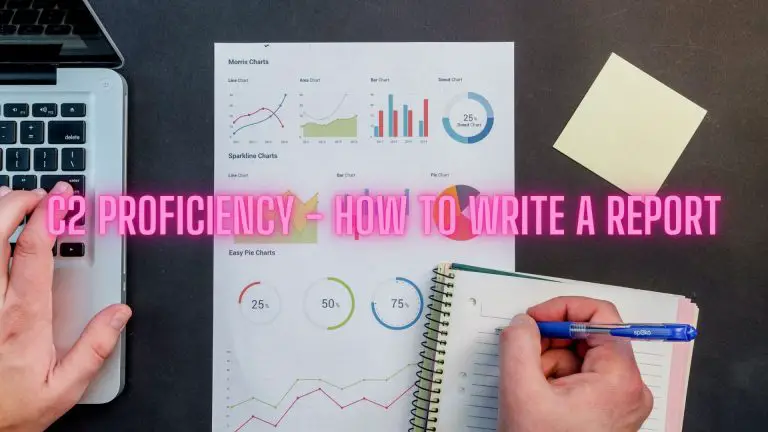
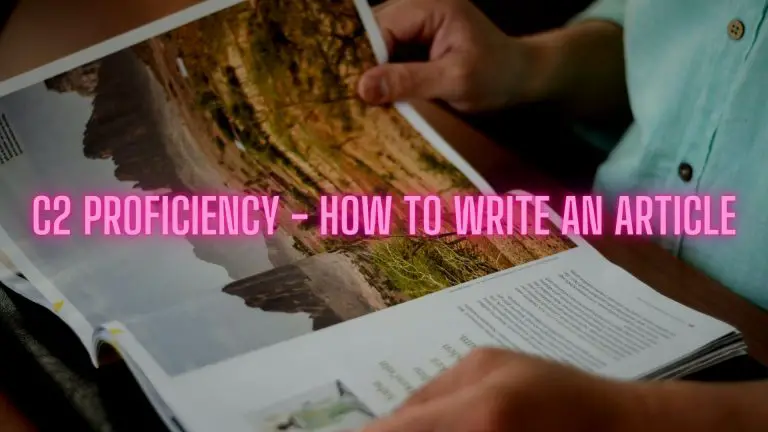
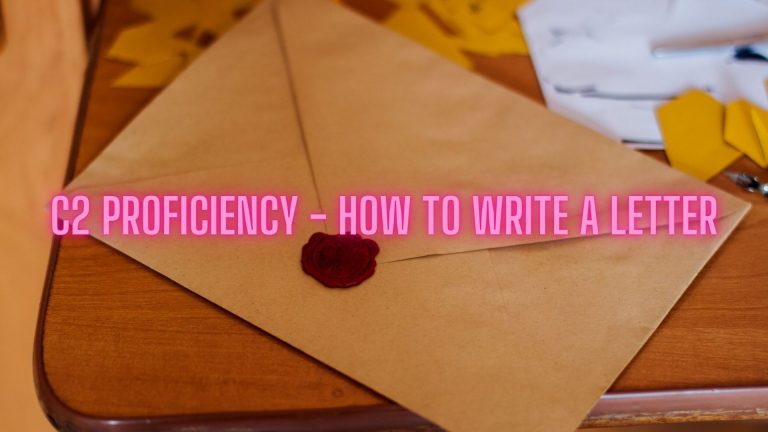
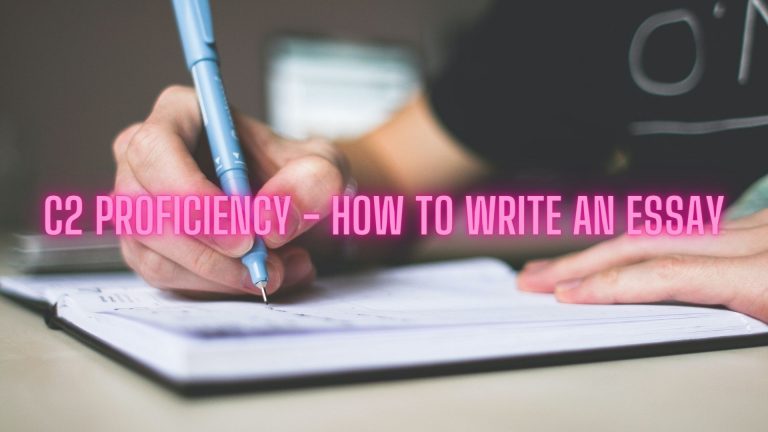

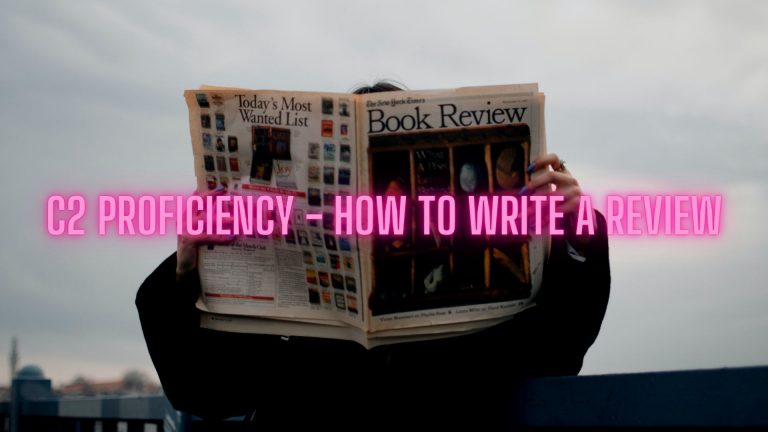
Thx